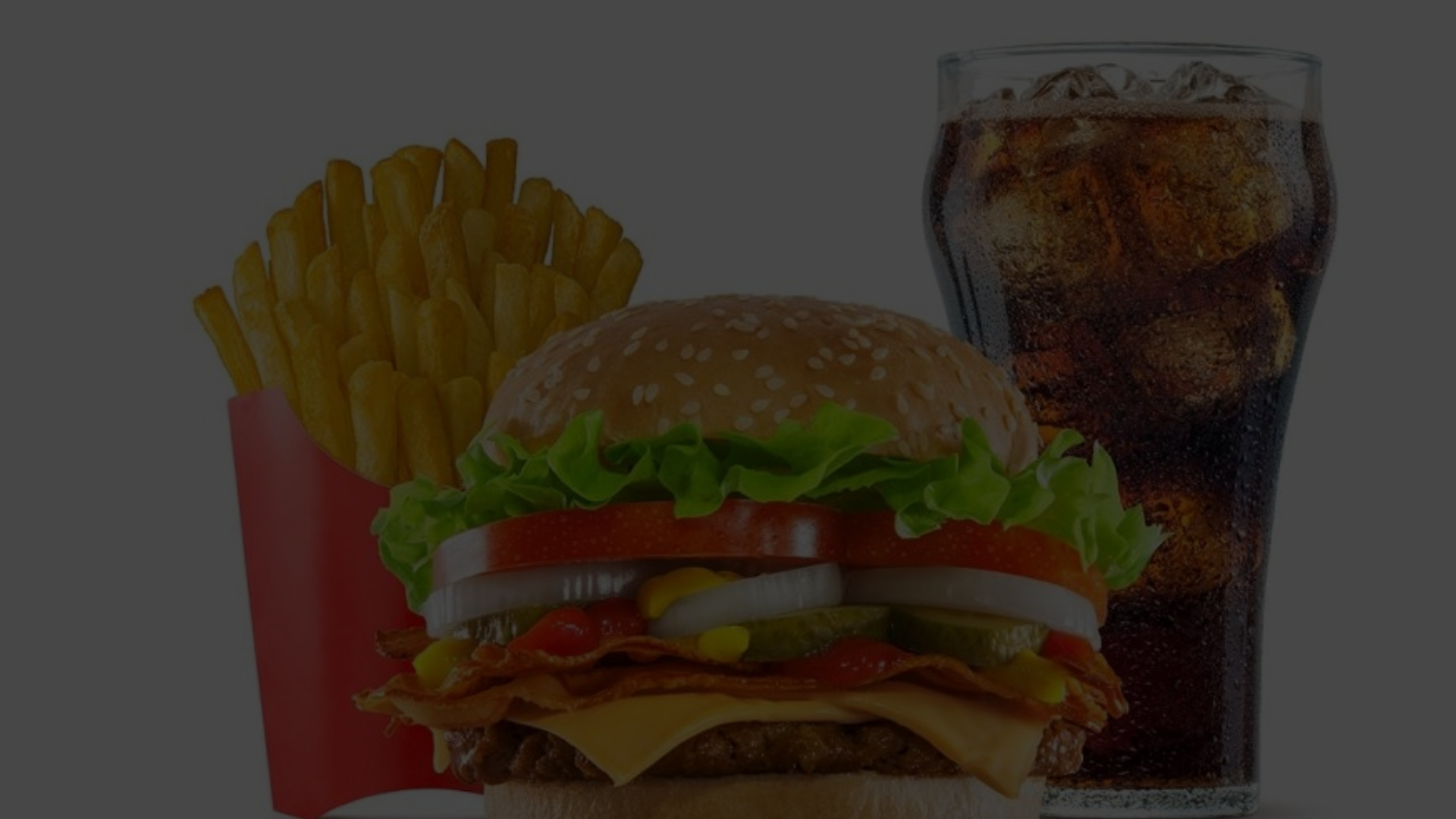Taking the fat out of fast could help cut obesity
The ‘obesity crisis’ hit the headlines again this week with the news that the increasing number of takeaways on our high streets was partly to blame for the nation’s expanding waistlines.
Apparently, there are now more than 61 outlets per 100,000 people, compared with 47 in 2010. Research by Cambridge University showed a link between increased access to fast food and higher body mass index.
When I first started studying nutrition, I saw a rather disturbing video of a 20-year-old McDonald’s meal. I say disturbing because it looked like it had just been cooked. Even the fries appeared fresh. Why? Preservatives galore of course.
If it’s bad for you why does it taste so good?
It’s often said that all the food that is bad for you is what tastes the best. This is what makes takeaways so popular, as well as the fact that they are a quick and easy option for those who can’t or don’t want to cook – or just need to grab a bite of what makes them feel good.
But, ultimately, fast food cons the body into eating more. In fact, the term ‘junk food’ is an accurate description. This is because the high levels of sugar, salt, fat and preservatives in processed foods play havoc with our neurotransmitters and hormones.
Our brains receive signals from pleasure pathways that use hormones, such as serotonin and dopamine, which influence our eating behaviours. That is why we tend to eat more if we’re bored or stressed.
Hunger hormones tell us when we need to eat and, importantly, when we are full. Leptin in the fat cells decreases appetite, while Ghrelin does the opposite as the stomach empties. Processed foods disrupt this process by distorting the hungry hormones, encouraging us to overeat.
Healthier options
In the US you can find fast food outlets offering ‘broiled chicken’, which is far healthier than the fried version. But this is not available in the UK. Ideally, all takeaway chains should be encouraged to bake, grill, steam or boil instead of frying.
Other healthy choices are:
• More salads
• Baked potatoes instead of chips
• Switching to low sodium salt, such as pink Himalayan
• Offering burgers without the bun
• Dip meals, such as hummus with sticks of carrot or cucumber
• Using meat from animals not fed on antibiotics, corn or soybeans
• Batter-free chicken nuggets
• No more super-sizing (unless a customer specifically asks for it)
Start healthy eating young
The NHS has estimated that one in five children aged between 10 and 11 are obese. It is important therefore to get them eating healthy foods to prevent them becoming overweight adults.
One way of doing this is to make cooking fun. Easy recipes that parents and children can do together at home, using good healthy ingredients. Burgers don’t have to be off the menu – make them with quality meat and serve with salad and a baked potato.
But can you really encourage people to ditch fried food and eat less, I hear you ask. Well, according to Deloitte, this is already happening. In 2017, they conducted a survey on long-term food trends. More than three-quarters of respondents said they had adopted healthy eating habits; at last half thought that portion sizes at fast food restaurants were too large and 83% believed that the typical fast food menu didn’t offer enough healthy choices.
With just a few simple changes it’s possible to enjoy a takeaway without piling on the pounds.

